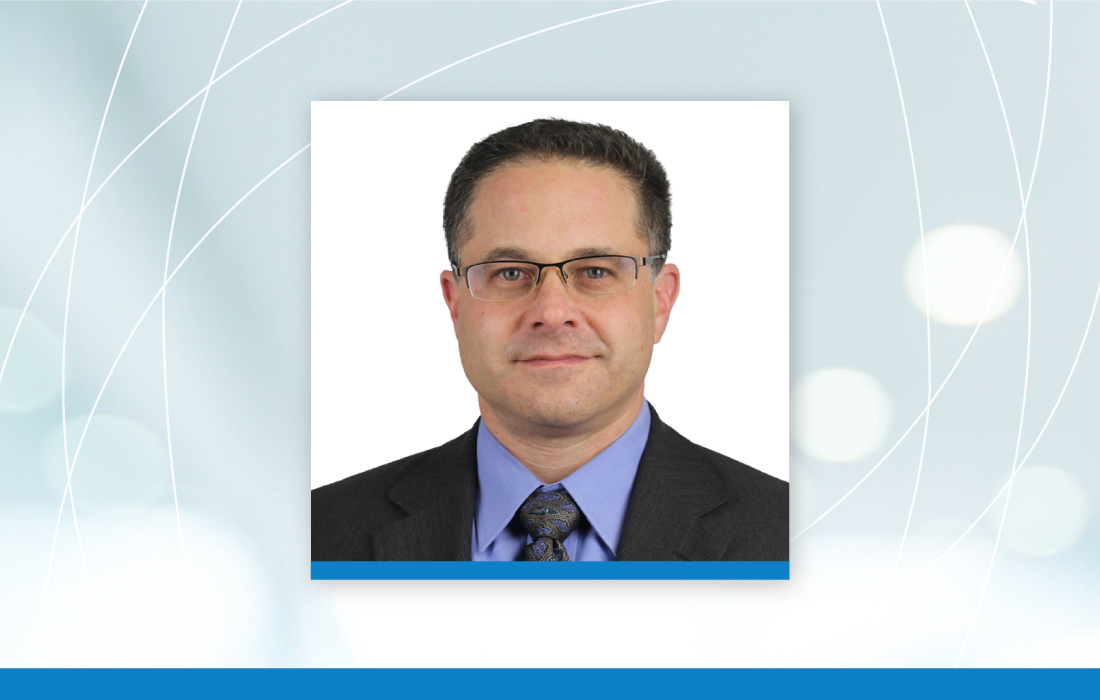Dr. David Polonet Featured in Asbury Park Press: “Learn the Facts About Fractures”

Dr. David Polonet was featured in the Asbury Park Press discussing the ins and outs of fractures and their care. Dr. Polonet is a board-certified orthopedic surgeon with University Orthopedic Associates (UOA) and has completed fellowship in traumatology. He is also a Clinical Associate Professor of Orthopedic Surgery at Rutgers University-Robert Wood Johnson Medical School.
See the full article below and on app.com:
Learn the facts about fractures
Doctors in the United States treat more than 6.8 million fractures each year, which makes them the most common orthopedic problem.
On average, a person will sustain two fractures during his or her lifetime. Whether a person pursues an active lifestyle or not, one misstep could land him or her in the emergency room. For athletes, the risk rises each time they step on the tennis court or strap on a pair of skis or lace up a pair of ice skates. Accidents, as mundane as making a wrong move crossing the street or as serious as an automobile mishap, contribute to the incidence of fractures.
The most common fractures involve the clavicle (collarbone), the forearm, wrist, ankle and hip (hip fractures occur most often in older people). What can make fractures more difficult for laymen to recognize is that they are not always obvious. Closed fractures, in which the overlying skin is not damaged, are more common than open fractures. An open fracture, also called a compound fracture, occurs when the bone breaks in such a way that bone fragments stick through the skin or the bone is exposed.
In addition to trauma, some fractures also can be caused by other reasons. Osteoporosis, a condition that weakens bones, and makes them brittle and more likely to break, is one. By some estimates, osteoporosis contributes to two million broken bones a year. Overuse, such as from repetitive, non-violent motion, can cause fatigued muscles and put more force on bones and result in stress fractures which are common among athletes, such as runners.
An expert in fracture care, Dr. David Polonet said that anyone, young or old, athlete or a person walking around his or her house, is capable of incurring a fracture. Polonet, a board certified orthopedic surgeon at University Orthopaedic Associates (UOA), New Jersey’s largest orthopedic practice, is also a Clinical Associate Professor of Orthopaedic Surgery at Rutgers University-Robert Wood Johnson Medical School.
Polonet’s experience treating patients spans many years and encompasses care for all types of fractures: simple, complex and life threatening. He has guided back to health everyone from a newborn to a 107-year-old person. Although Polonet sees many winter-related injuries at this time of year, he said that fractures know no season.
“It’s all I do,” he said. “I am 100 percent dedicated to fracture and dislocation care. No one is too young or too old.”
Pain and swelling are two of the most obvious results of a possible fracture, and Polonet advises consulting with a specialist because fracture care may require reduction, which means straightening or setting; immobilization, which entails splitting or casting; and in some instances, surgery.
If you believe you have sustained a fracture, Polonet advises:
Get treatment: “There is no such thing as too small an injury. One misconception I encounter a lot is ‘I don’t need a specialist for this’. But patients don’t realize how complicated even the seemingly simplest of these injuries can be. All injuries, even apparently “routine” ones, can have complications.”
You have a choice: “When people get injured, in addition to pain, there’s a lot of adrenaline and fear. Patients and families are very concerned, so they need to be careful that their judgment doesn’t falter when finding the right care, and most important, the right doctor. Whether in an emergency room or at your primary care physician’s office, you can request a referral to the orthopedist of your choice. At UOA, our patients who incur fractures know to go to the ER’s at the hospitals in which we are attending physicians, and ask to be seen by me or one of my partners.”
Seek out the best: “No matter what level of injury, you want the best medical professional treating it. Your recovery depends on it. Fractures can have lifelong consequences if they are not treated properly. These include pain, disability, altered function, loss of motion, arthritis and the need for further surgery. In terms of surgical success — the likelihood increases with the level of expertise.”
Get follow-up care: “Follow-up care is an important part of effective healing. You may think your bone has healed and you’re finished. However, when care is delivered properly, the recovery process is a long-term relationship between the orthopedist and the patient. It carries through to rehab, when physical therapy may be appropriate. The goal is to get to the point at which patients return to all their function and capability. This means the resolution of pain, and getting back to work or sports. In my experience, patients are commonly educated during follow-up care on both how to maximize the healing process, and what they can do to prevent further injury.”
What Next?
Successful treatment of any fracture is extremely dependent on a timely diagnosis and the initiation of treatment. By understanding fractures and their care, you will be best equipped in the event you have to deal with the problem.

